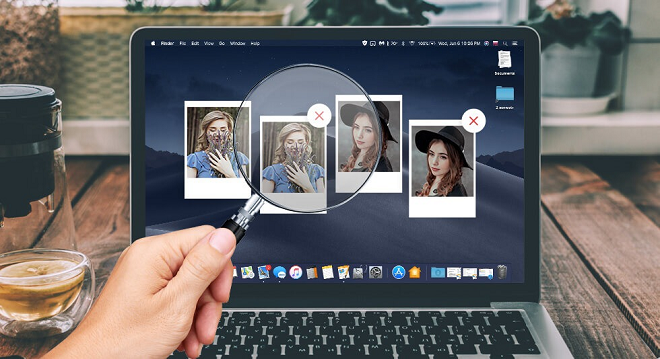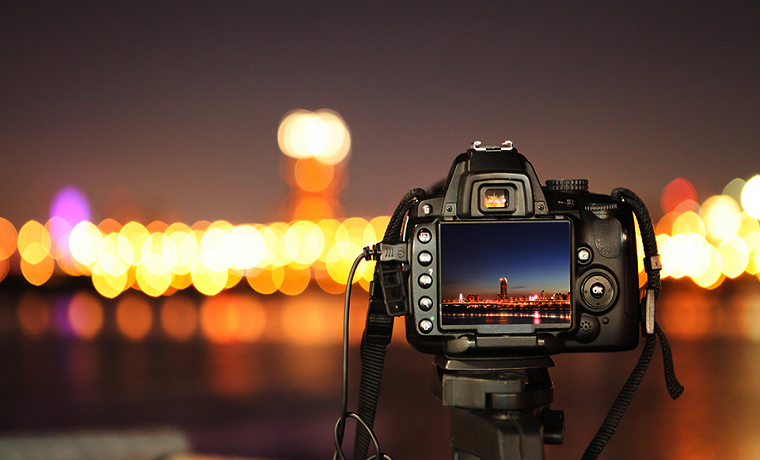In the last ten years, the perception of multimedia has changed dramatically. Almost every day, we join in the image finder. When a content developer decides to add new content, they always consider how they may best influence their readers.
Content is critical for your business to achieve a high ranking on image search engines and to attract well-qualified and eager-to-buy customers. What you don’t realize is how important photos are in content.
Before deep dive into our main topic, let’s first discuss the reverse image technique and its working.
Let’s started it now!
How does Image Search work?
A reverse image, in simple terms, is an online search in which you upload an image (rather than typing or pronouncing a keyword) to obtain information tailored to your inquiry.
Reverse image search uses Artificial Intelligence to assist academics in conducting image searches rather than word searches. You can use reverse image technology to find attractive and high-quality images for your content. When a person snaps a shot of an object, the object will be recognized in the photo and uses the Google lens to deliver information and search results.
Reverse Image Search Tool
It is the quickest and most accurate reverse photo search tool for conducting all types of image searches. The utility will give you three alternatives for searching for images:
- Use a keyword search.
- Use the image as a search term.
- Use the image’s URL to find it.
When a searcher uploads an image, the photo finder streams the top three search engines (Google, Bing, and Yandex) to find the best results with high-quality content-worthy photos. The image search tool is most useful for professional and high-quality photo searches. This is due to the fact that the photo search tool gathers imagery data from all major platforms and provides you with useful and original information.
Method of Image Search
- Open a search engine – a web browser that is appropriate for your needs. Image finder is supported by Safari, Firefox, and Chrome. Once you’ve got a browser, go to reverse photo search.
- Upload an Image – Instead of just entering a picture you found online into an image search engine, you can save it to your desktop first.
After that, go to the search bar and press the camera icon once reverse photographs have appeared. You may either drag and drop or import an image from your desktop into the search field.
- If the image isn’t saved to your desktop, you can paste the URL by clicking on the camera icon again.
To acquire the photo’s URL, choose “open picture in new tab.” After you’ve highlighted the URL in the website’s search box, copy the picture URL at the top of the search bar. Then paste your copied URL into the appropriate room of image search.
- Examine the Outcomes – After clicking “search,” your uploaded photo, along with some suggested keywords, will show at the top of the page. If there are any sizes of the image available for download adjacent to the image, Google can tell you.
Using image search, you may then look for similar photos or websites that incorporate the image.
The Advantages Of Using A Photo Finder

Image finder has a number of advantages, some of which are just entertaining, while others can help you do critical jobs.
Here are a few examples of how you can use reverse images to your advantage:
- Find the dimensions and metadata of an image.
- Take a bit of text and translate it into another language.
- Check to see if and how your photos are being used. This is useful for brand tracking as well as part of a larger link-building and backlink-analysis plan.
- Examine your copyright for any infringements. This can be used with your own photos or to check if an image you’ve found is copyright protected.
- Look for comparable photos – this is useful when creating content or looking for a certain image.
- Editors on the lookout for spun guest content – when a writer utilizes a visual, they frequently modify the content to fit it, and they rarely credit the originator (this is not okay).
- Finding a credible image source – If you utilize another person’s images or graphics, you must provide credit to the source. If you can’t remember where it originated from, look it up with an image finder and double-check that you have permission to use it. If you do, make sure to link back to the original owner.
Conclusion
The digital world moves at a faster pace.
We must keep in mind that internet consumers will not only want to interact with sites that provide new innovative services but will also anticipate them. Adopting this technology would be a sensible decision. One thing to keep in mind is that you should use the greatest visual search engine for your needs.

